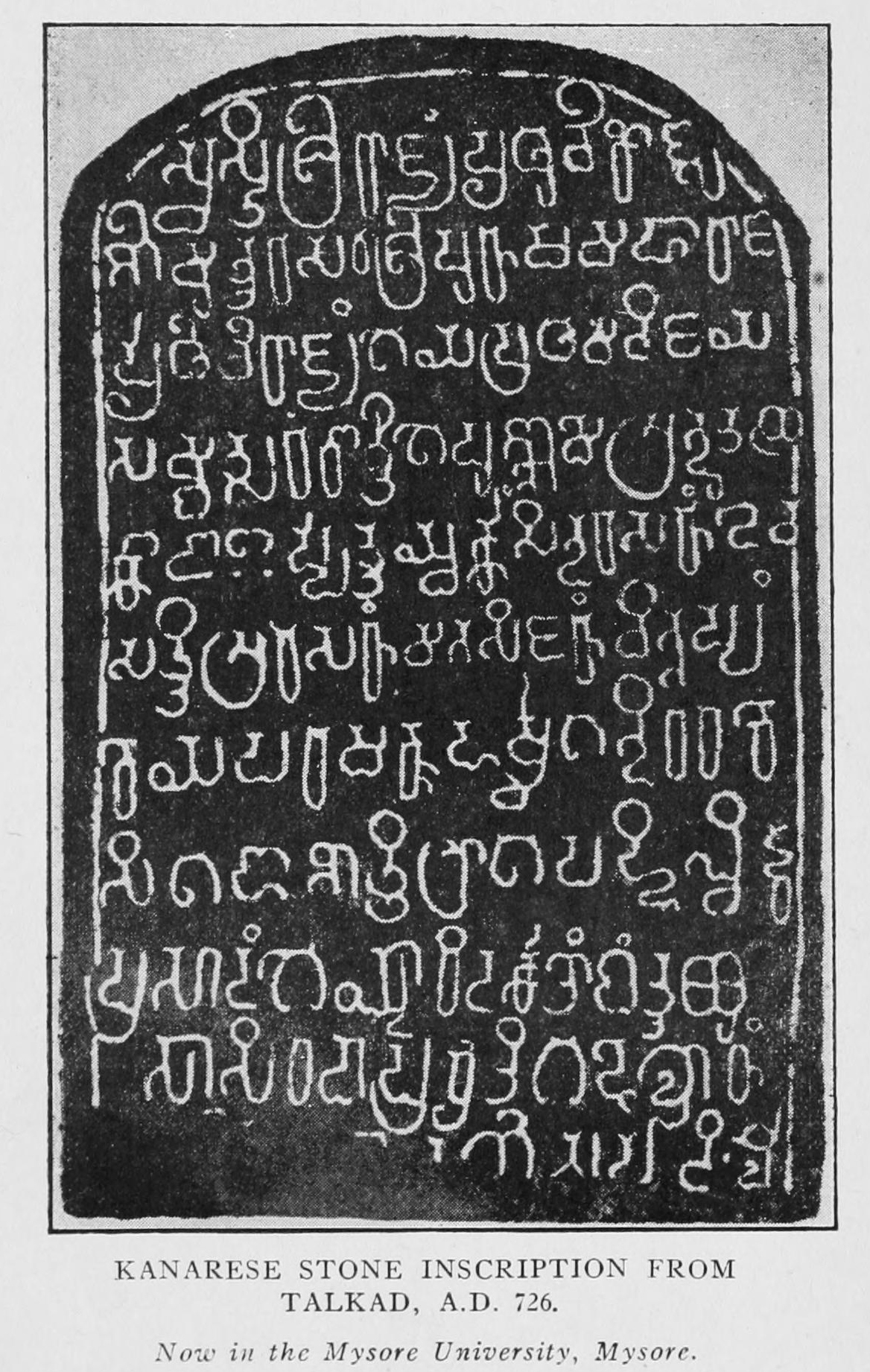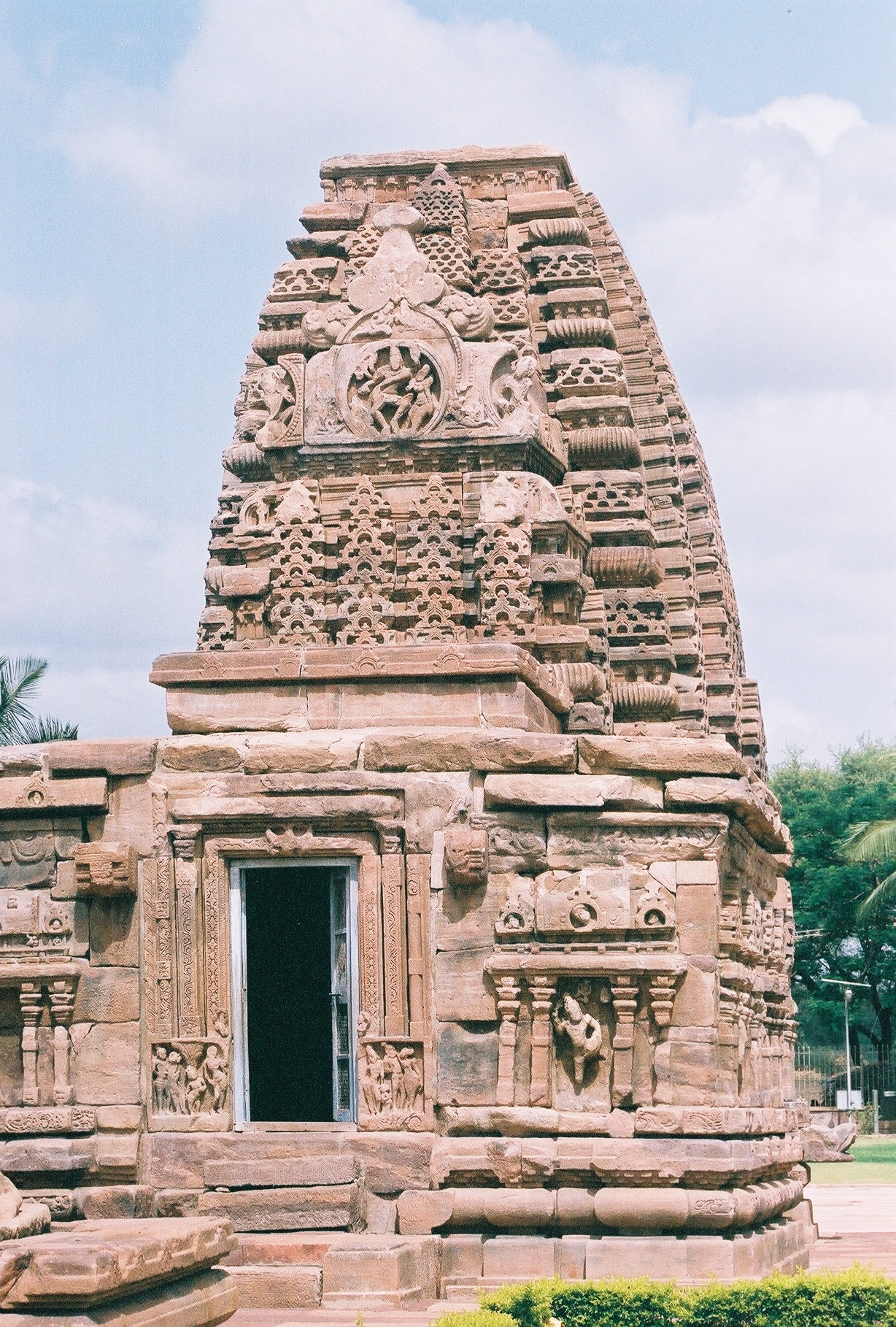|
Marasimha II Satyavakya
Marasimha II Satyavakya was a king of the Western Ganga Dynasty, 23rd in the succession. He was the successor of Marulaganga Neetimarga, his half-brother who reigned 961–963. He was succeeded by Rachamalla IV Satyavakya, his eldest son. He was a vassal of the declining Rashtrakuta empire and served them until their collapse. His reign is considered as a prelude to the decline and fall of the Ganga Kingdom. His two sons- Rachmalla IV and Rachmalla V (Rakkasaganga) were the last kings of the Western Ganga Dynasty. Reign Marasimha II was the second son of Butuga II through his second wife Kallabbarasi. He was a loyal feudatory of the Rashtrakutas and served them till their demise. He was serving them from the reign of Krishna III, the last great Rashtrakuta monarch. He led a campaign into the north for his overlord Krishna III, where he defeated a Gurjara-Pratihara king named Lalla. He subsequently served Rashtrakuta kings Khottiga and Karka II as governor of mul ... [...More Info...] [...Related Items...] OR: [Wikipedia] [Google] [Baidu] |
Western Ganga Dynasty
Western Ganga was an important ruling dynasty of ancient Karnataka in India which lasted from about 350 to 999 CE. They are known as "Western Gangas" to distinguish them from the Eastern Ganga Dynasty, Eastern Gangas who in later centuries ruled over Kalinga (historical region), Kalinga (modern Odisha and Northern Andhra Pradesh). The general belief is that the Western Gangas began their rule during a time when multiple native clans asserted their freedom due to the weakening of the Pallava empire in South India, a geo-political event sometimes attributed to the southern conquests of Samudra Gupta. The Western Ganga sovereignty lasted from about 350 to 550 CE, initially ruling from Kolar, Karnataka, Kolar and later, moving their capital to Talakadu on the banks of the Kaveri River in modern Mysore district. After the rise of the imperial Chalukya dynasty, Chalukyas of Badami, the Gangas accepted Chalukya overlordship and fought for the cause of their overlords against the Pal ... [...More Info...] [...Related Items...] OR: [Wikipedia] [Google] [Baidu] |
Rashtrakuta Empire
The Rashtrakuta Empire was a royal Indian polity ruling large parts of the Indian subcontinent between the 6th and 10th centuries. The earliest known Rashtrakuta inscription is a 7th-century copper plate grant detailing their rule from Manapur, a city in Central or West India. Other ruling Rashtrakuta clans from the same period mentioned in inscriptions were the kings of Achalapur and the rulers of Kannauj. Several controversies exist regarding the origin of these early Rashtrakutas, their native homeland and their language. The Elichpur clan was a feudatory of the Badami Chalukyas, and during the rule of Dantidurga, it overthrew Chalukya Kirtivarman II and went on to build an empire with the Gulbarga region in modern Karnataka as its base. This clan came to be known as the Rashtrakutas of Manyakheta, rising to power in South India in 753 AD. At the same time the Pala dynasty of Bengal and the Prathihara dynasty of Gurjaratra were gaining force in eastern and northweste ... [...More Info...] [...Related Items...] OR: [Wikipedia] [Google] [Baidu] |
Suicides In India
Suicide is a major national public health issue in India. 171,000 suicides were recorded in 2022, registering a 4.2% increase over 2021 and a jump of 27% compared to 2018. The rate of suicide per 100,000 population increased to 12.4 in 2022 which is the highest year for this data. Suicides during 2022 increased by 27% in comparison to 2018 with India reporting the highest number of suicides in the world. India's contribution to global suicide deaths increased from 25.3% in 1990 to 36.6% in 2016 among women, and from 18.7% to 24.3% among men. In 2016, suicide was the most common cause of death in both the age groups of 15–29 years and 15–39 years. Daily wage earners accounted for 26% of suicide victims, the largest group in the suicide data. The male-to-female suicide ratio in 2021 was 72.5 : 27.4. Estimates for number of suicides in India vary. For example, a study published in ''The Lancet'' projected 187,000 suicides in India in 2010, while official data by the Government ... [...More Info...] [...Related Items...] OR: [Wikipedia] [Google] [Baidu] |
Heads Of State Who Died By Suicide
A head is the part of an organism which usually includes the ears, brain, forehead, cheeks, chin, eyes, nose, and mouth, each of which aid in various sensory functions such as sight, hearing, smell, and taste. Some very simple animals may not have a head, but many bilaterally symmetric forms do, regardless of size. Heads develop in animals by an evolutionary trend known as cephalization. In bilaterally symmetrical animals, nervous tissue concentrate at the anterior region, forming structures responsible for information processing. Through biological evolution, sense organs and feeding structures also concentrate into the anterior region; these collectively form the head. Human head The human head is an anatomical unit that consists of the skull, hyoid bone and cervical vertebrae. The skull consists of the brain case which encloses the cranial cavity, and the facial skeleton, which includes the mandible. There are eight bones in the brain case and fourteen in the facia ... [...More Info...] [...Related Items...] OR: [Wikipedia] [Google] [Baidu] |
10th-century Indian Monarchs
1 (one, unit, unity) is a number, numeral, and glyph. It is the first and smallest positive integer of the infinite sequence of natural numbers. This fundamental property has led to its unique uses in other fields, ranging from science to sports, where it commonly denotes the first, leading, or top thing in a group. 1 is the unit of counting or measurement, a determiner for singular nouns, and a gender-neutral pronoun. Historically, the representation of 1 evolved from ancient Sumerian and Babylonian symbols to the modern Arabic numeral. In mathematics, 1 is the multiplicative identity, meaning that any number multiplied by 1 equals the same number. 1 is by convention not considered a prime number. In digital technology, 1 represents the "on" state in binary code, the foundation of computing. Philosophically, 1 symbolizes the ultimate reality or source of existence in various traditions. In mathematics The number 1 is the first natural number after 0. Each natural number, ... [...More Info...] [...Related Items...] OR: [Wikipedia] [Google] [Baidu] |
Western Ganga Kings
Western may refer to: Places *Western, Nebraska, a village in the US *Western, New York, a town in the US *Western Creek, Tasmania, a locality in Australia *Western Junction, Tasmania, a locality in Australia *Western world, countries that identify with shared "Western" culture *Western United States, a region of the United States Arts and entertainment Films * ''Western'' (1997 film), a French road movie directed by Manuel Poirier * ''Western'' (2017 film), a German-Austrian film Genres *Western (genre), a category of fiction and visual art centered on the American Old West **Western fiction, the Western genre as featured in literature **Western film, the western genre in film **Western music (North America), a type of American folk music Music * ''Westerns'' (EP), an EP by Pete Yorn *WSTRN, a British hip hop group from west London *"Western" a song by Black Midi from ''Schlagenheim'' Business *The Western, a closed hotel/casino in Las Vegas, United States *Western Cartri ... [...More Info...] [...Related Items...] OR: [Wikipedia] [Google] [Baidu] |
Chavundaraya
''Cāmuṇḍarāya'' or Chavundaraya (Kannada ''Cāmuṇḍarāya, Cāvuṇḍarāya'', 940–989) was an Indian people, Indian Jain ruler. He served in the court of the Western Ganga dynasty of Talakad (in modern Karnataka, India). A person of many talents, in 981 he commissioned the construction of the monolithic statue of Bahubali, the Gommateshwara statue, Gomateshwara, at Shravanabelagola, an important place of pilgrimage for Jainism. He was a devotee of the Jain Acharya Nemichandra and Ajitasena Bhattaraka and was an influential person during the reigns of Marasimha II Satyavakya, (963–975). Rachamalla IV Satyavakya, (975–986) and Rachamalla V (Rakkasaganga), (986–999). A courageous commander with the title ''Samara Parashurama, Paraśurāma'' (''lit'', "Battle-Rama wielding an ax"), he found time to pursue his literary interests as well and became a renowned writer in Kannada and Sanskrit.Kamath (2001), p45Sastri (1955), pp356-357 He wrote an important and exist ... [...More Info...] [...Related Items...] OR: [Wikipedia] [Google] [Baidu] |
Sallekhana
(IAST: ), also known as ''samlehna'', ''santhara'', ''samadhi-marana'' or ''sanyasana-marana'', is a supplementary vow to the ethical code of conduct of Jainism. It is the religious practice of voluntarily fasting to death by gradually reducing the intake of food and liquids. It is viewed in Jainism as the thinning of human passions and the body, and another means of destroying rebirth-influencing karma by withdrawing all physical and mental activities. It is not considered a suicide by Jain scholars because it is not an act of passion, nor does it employ poisons or weapons. After the ''sallekhana'' vow, the ritual preparation and practice can extend into years. is a vow available to both Jain ascetics and householders. Historic evidence such as ''nishidhi'' engravings suggest was observed by both men and women, including queens, in Jain history. However, in the modern era, death through ''sallekhana'' has been a relatively uncommon event. There is debate about the prac ... [...More Info...] [...Related Items...] OR: [Wikipedia] [Google] [Baidu] |
Bankapur
Bankapura is a panchayat town in Haveri district in the state of Karnataka, India. It is in Shiggaon taluk, is just 2.5 km from the Pune-Bangalore national highway NH-4, 22 km from Haveri town. Bankapura is about 45 km from Hubli-Dharwad. An historical site, Bankapura is famous for the '' Nagareshwara temple, Bankapura fort, The Bankapura Peacock Sanctuary''. Baada, the birthplace of Kanakadasa is near to Bankapura. History Under the ''Chalukyas'', many temples were built here, but during an invasion by Ali Adil Shah I, the Turko-Persian Sultan of Bijapur in about 1565 most of the temples were destroyed. A fort, now in ruins, at Bankapura houses the Ranganatha Nagareshwara temple, which has ''66 pillars carved out of grey stone''. There is also a mosque in the fort. The place is of historical significance to Jains. Adipuran, a Jain religious text was composed here. Bankapura fort (454 CE), was ruled by '' Kadamba of Banavasi, Gangas, Cholas, Rashtrakutas, Hoysa ... [...More Info...] [...Related Items...] OR: [Wikipedia] [Google] [Baidu] |
Indra IV
Indra IV (died 20 March 982) was the last Rashtrakuta Emperor from 973 until his death. He was a nephew of the feudatory king of Western Ganga Dynasty of Talakad. After Tailapa II captured Manyakheta, the Ganga Maharaja Marasimha II crowned Indra III as emperor in Bankapura and worked hard to keep the dwindling Rashtrakuta Empire intact after the betrayal and invasion of Parmaras of Malwa but in vain. Marasimha II committed Sallekhana at Bankapura in 975 and Indra IV followed him in 982 at Shravanabelagola. Thus, the dynasty of Rashtrakutas vanished into history. However, several related families had come to power in various parts of India during the imperial expansion of the Manyakheta Empire. These kingdoms such as the Lattalura and Saundatti Savadatti is one of the oldest towns in Belagavi district in the Indian state of Karnataka. It is a celebrated Hindu pilgrimage centre located 78 kilometres from Belagavi and 41 kilometres from Dharwad. Savadatti is also ... [...More Info...] [...Related Items...] OR: [Wikipedia] [Google] [Baidu] |



